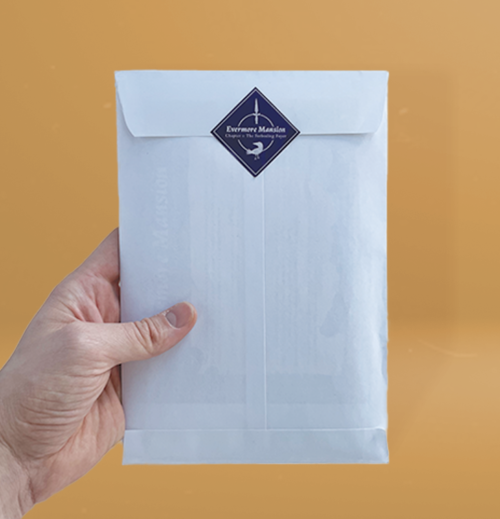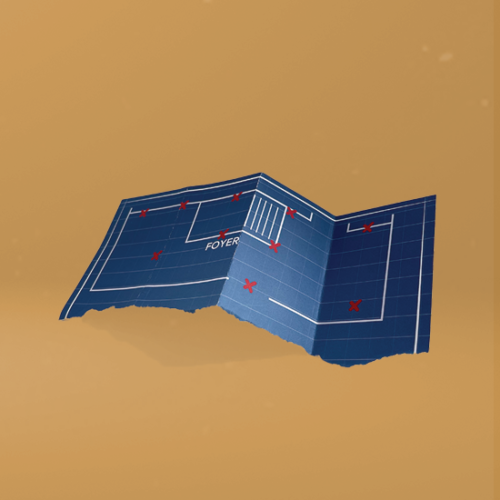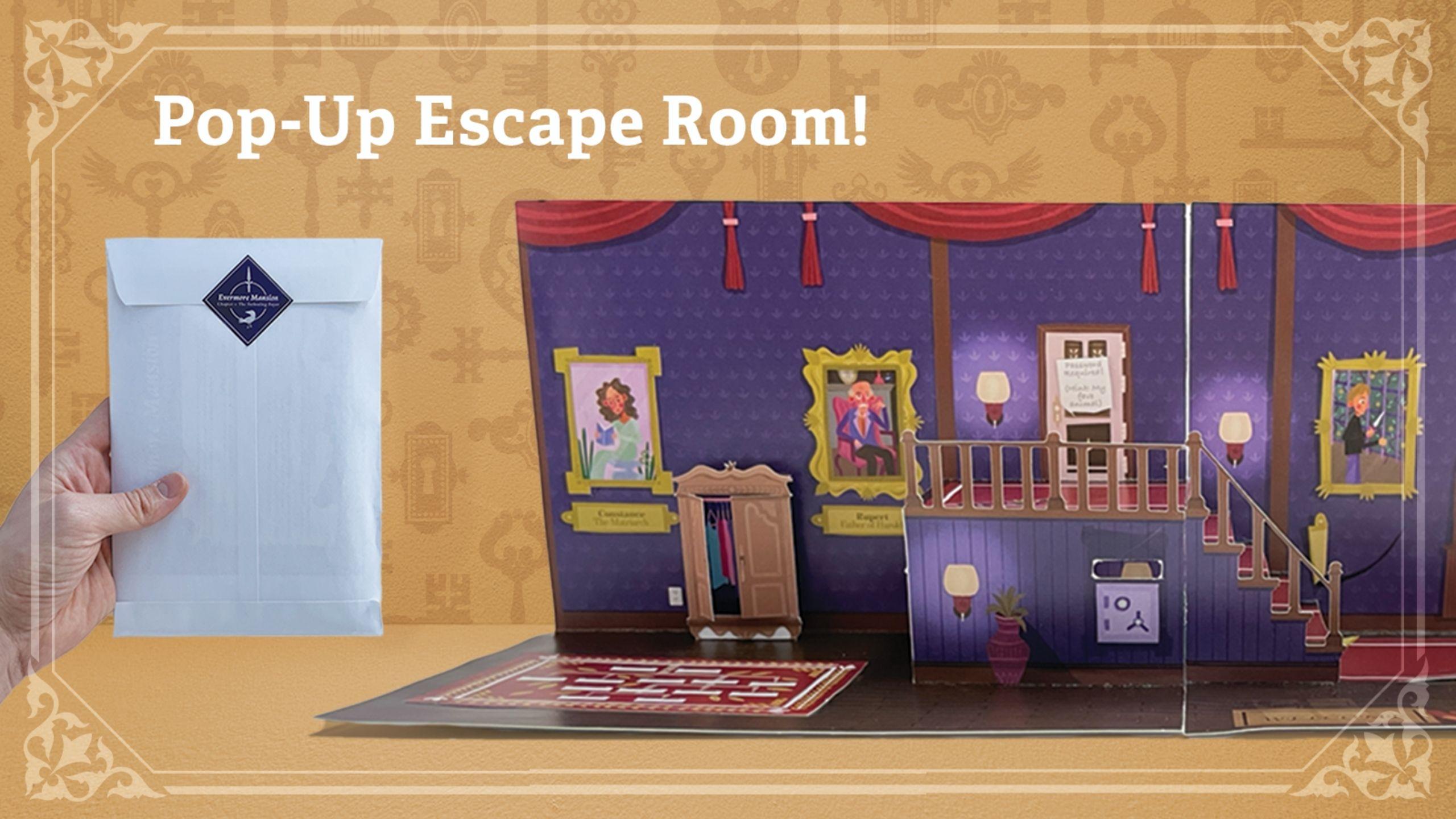By Smiksha Singla
For creative industries alumnus Tom Davies, creating escape rooms went from something he did for fun to a full-time career.
During the onset of the pandemic two years ago, Davies planned an escape room for this friend’s birthday that spanned across their whole apartment. After that, he created another escape room for a bachelorette party for another friend’s sister.
As his escape rooms started gaining good feedback, he decided to convert his love for escape rooms into a business reality.
He decided to create an escape room people could play while being stuck at home during the pandemic. “It would be really cool if you could play an escape room in your own home and be able to explore it in a 3D environment.”

“I had a really grand idea of making this whole pop-up book that you would flip through. And you’d have to solve puzzles and find clues in order to solve this mystery, he said.”
It took a year of brainstorming on what the product would look like, Davies noted.
As a result, Envelescape was born, but as a play-at-home escape room that comes in a single pop up page in an envelope. With Envelescape, people can play individually or in groups of up to six people to uncover mysteries.
Envelescape’s games combine the explorative nature of escape rooms without compromising COVID-19 safety protocols. Davies said the game also has a digital component, which is a browser-based application that players can use to input codes that they will receive by solving puzzles within the pop-up room.
Envelescape’s first game, Chapter 1: The Foreboding Foyer, is currently available, with more Chapters in the game’s lineup that are in development.
During the development stage of the game, Davies and his business partners conducted informal research by looking at the competition.

“We played many other play-at-home escape room games and looked for ways to improve upon them,” he said. “We found that we could differentiate ourselves by having explorable, 3D environments, something that our competitors don’t have.”
One of the obstacles Davies had to overcome was financing the manufacturing of the objects included within the game that create the pop-up escape room experience.
He went on YouTube and searched how to make pop-ups. “It took me a while to kind of perfect it. But I just kind of taught myself, and we figured out an excellent format,” he explained. Davies said he also did some play and user testing with groups of people of varying ages to test the game’s compatibility with not just younger demographics, but for people of all ages.
“I was very interested to see what my older family members would think,” he said. “They didn’t really understand what it was, but once they played it, they loved it.”
Davies launched his Kickstarter campaign in February to raise funding for prototype building, with a goal of raising $1,000. However, Envelscape managed to reach its goal in a span of 26 minutes and now is at $50,000 with one more week before the end of the campaign.
“We’re over 500 per cent of our initial goal, which we did not anticipate and has been very overwhelming. But it’s great because it’s allowed us to print a lot more and involve designers and paper engineers for a better and more developed product.”
You can support their Kickstarter campaign here.











Leave a Reply